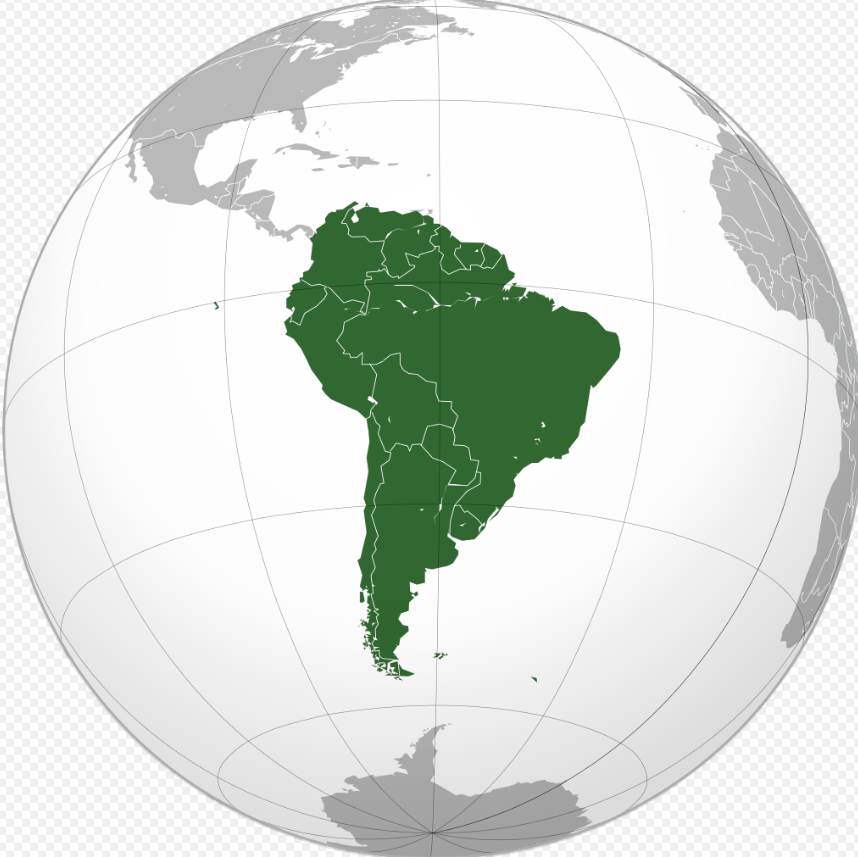The 1973 Oman 1 Rial Omani Banknote (P-10): A Numismatic Testament to Sovereignty and Maritime Heritage
Share
The 1973 Oman 1 Rial Omani Banknote (P-10): A Numismatic Testament to Sovereignty and Maritime Heritage
Introduction
The 1973 1 Rial Omani banknote (Pick 10), issued by the Oman Currency Board, occupies a pivotal place in the numismatic and political history of the Sultanate of Oman. As one of the earliest banknotes released following the nation’s departure from the Indian rupee and Gulf rupee systems, it symbolizes Oman’s assertion of monetary independence under the newly established leadership of Sultan Qaboos bin Said. Beyond its economic function, the note serves as a visual narrative of national identity, sovereignty, and cultural pride—anchored by its fort-themed reverse that evokes Oman’s maritime legacy.
Historical Context: From Colonial Currency to National Issuance
Prior to 1970, Oman’s monetary landscape was fragmented, with foreign currencies such as the Indian rupee and the Gulf rupee circulating widely. These currencies, while functional, reflected external control and lacked cultural relevance. The ascension of Sultan Qaboos marked a turning point in Oman’s modern history, initiating a series of reforms aimed at unifying and modernizing the nation. Among these was the establishment of the Oman Currency Board, tasked with issuing a sovereign currency that would reflect the country’s heritage and aspirations.
The 1973 1 Rial note was part of this inaugural series, representing not merely a financial instrument but a declaration of independence. It laid the foundation for the Central Bank of Oman, which would later assume full monetary authority. In this context, the P-10 note is more than collectible—it is a historical artifact documenting Oman’s transition from colonial influence to autonomous governance.
Design Analysis: Symbolism and National Identity
Printed by Bradbury Wilkinson & Company in the United Kingdom, the note measures approximately 145 × 78 mm and features a multicolor underprint dominated by red and olive-green tones. Its obverse presents the national coat of arms—a pair of crossed khanjars (traditional daggers) over a belt—encapsulating Oman’s martial heritage and sovereign authority. The absence of a royal portrait, typical of later issues, underscores the transitional nature of the era and the emphasis on institutional rather than personal symbolism.
The reverse of the note is particularly significant for heritage-focused collectors. It features an illustration of Sohar Fort, a historic coastal stronghold located in northern Oman. Sohar has long been associated with Oman’s maritime prowess and is reputed to be the birthplace of the legendary navigator Ahmad ibn Majid. By selecting this fort as the central motif, the Currency Board anchored the note in Oman’s seafaring legacy, reinforcing themes of exploration, resilience, and cultural continuity.
Numismatic Significance and Collector Appeal
From a numismatic perspective, the 1973 1 Rial Omani note is a cornerstone of Gulf state currency evolution. It is the first denomination in Oman’s sovereign series and reflects the design priorities of a newly independent nation: clarity, symbolism, and cultural resonance. Its fort-themed reverse appeals to collectors interested in architectural and maritime motifs, while its historical context makes it essential for those documenting post-colonial transitions in the Middle East.
In very fine (VF) condition, the note typically commands prices between $50 and $80 USD, with higher grades reaching several hundred dollars. Its value is enhanced by its limited issuance, historical significance, and thematic depth. For heritage-focused collectors, it offers a tangible link to Oman’s formative years and a visual encapsulation of its national narrative.
Conclusion
The 1973 Oman 1 Rial Omani banknote (P-10) is more than a monetary artifact—it is a cultural statement. Issued at a time of profound national transformation, it reflects Oman’s emergence as a sovereign entity and its commitment to preserving and celebrating its heritage. With its fort-themed reverse and institutional symbolism, it invites collectors to engage not only with currency but with history itself.
For those curating collections that emphasize post-colonial identity, architectural heritage, or Gulf state numismatics, this note is indispensable. It stands as a testament to Oman’s journey from dependency to self-determination—etched in ink, paper, and pride.





